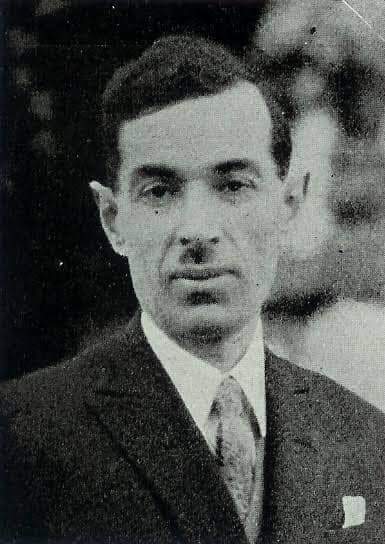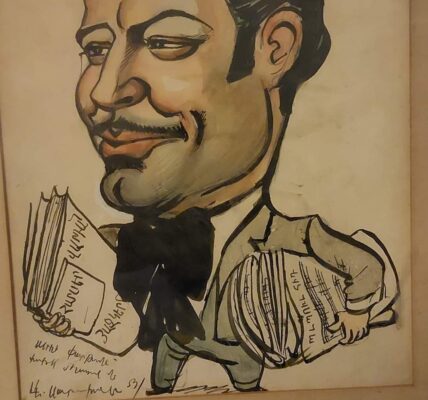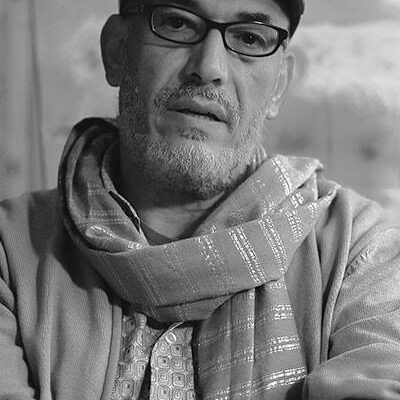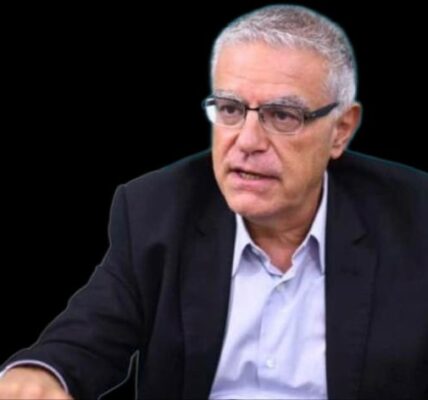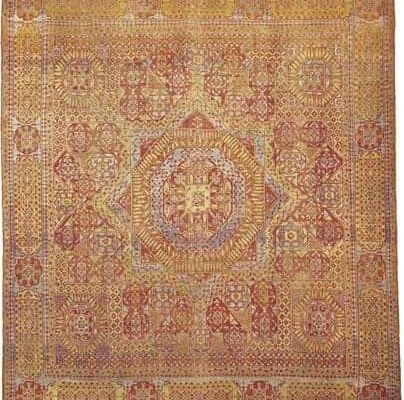Baruyr Bardizbanian (1887-1932), was born in Istanbul, and studied architecture and painting in its School of Fine Arts, probably between 1902 and 1907
In 1923, Bardizbanian came to Egypt according to doctors’ advice because of its mild and dry climate and worked as a professional architect
:His two notable achievements in this area were
Interior decoration of the Abul-Abbas Mosque in Alexandria in Islamic style. This mosque, which is rich in decorative details, was completed in 1943 during the reign of King Farouk
The construction work cost 140,000 Egyptian pounds and took sixteen years. From 1929 until King Farouk took office on May 11, 1945. Because Alexandria used this place as a hiding place from the Nazis, II. The restoration was interrupted several times during World War II. Cream-coloured Abu al-Abbas al-Mursi Mosque, has a minaret with a height of 73 meters on the south side and is decorated with artificial stones. Bardizbanyan’s interior architectural interventions in the sanctuary were preserved without being destroyed until the opening in 1943
In his short life, the architect also undertook the interior architectural restoration of the 19th-century Greek Orthodox Church of Evangelismos in Alexandria (Ιερός Καθεδρικός Ναός Ευαγγελισμού της Θεοτόκου Αλεξάνδρειας). The Byzantine-style Holy Temple belongs to the Greek Community of Alexandria. Restoration work was completed in December 2004, sponsored by the Public Interest Foundation “Alexandros S. Onassis”
Parallel to his activities as an architect, he participated through his paintings during the last five years of his life (1928-1932) in the annual saloons of Cairo
These saloons of Cairo, being the most important “cultural event” in Egypt at that time, were held annually by the Society of Fine Arts Lovers
Thanks to these contributions, the newly established Museum of Modern Art of Cairo (established on February 8, 1931) acquired four paintings by Baruyr
These works were catalogued in the first catalogue of the museum, published in 1935
In 1936, a retrospective exhibition of his paintings was held in Cairo. This was a rare opportunity for art lovers and critics to appreciate his work
The azure blue and human paintings in the colour palette he uses remind the Armenians of Kütahya, as most of his paintings were scenes of Istanbul or Turkish landscapes. Some of his works are exhibited at the National Gallery of Armenia
Onnig Avedissyan says: Despite Bardizbanyan’s brutal illness, his paintings retained their characteristic brilliance until the end of his life. His brushwork was tense and sometimes exaggerated. His paintings are adequately organized works of art
Today, B. Bardizbanian is considered an Armeno-Egyptian artist of secondary importance, because he lived on Egyptian soil for around nine years and was unable to develop his art to the end
